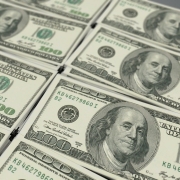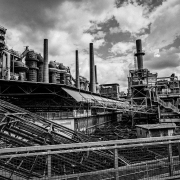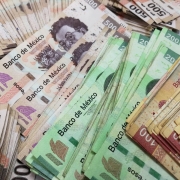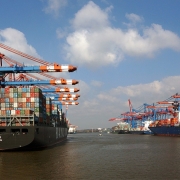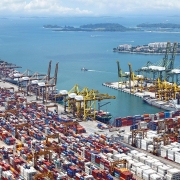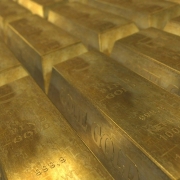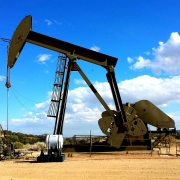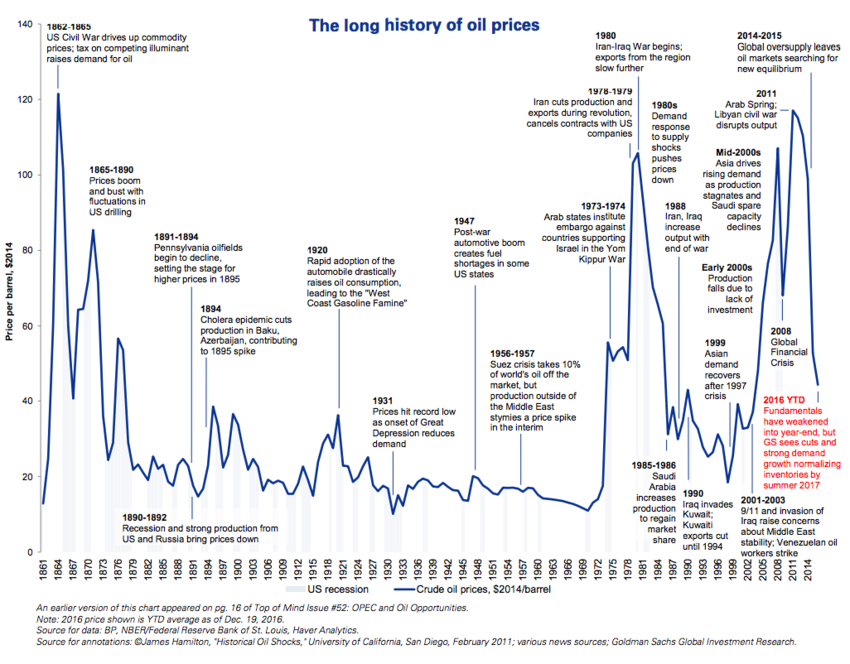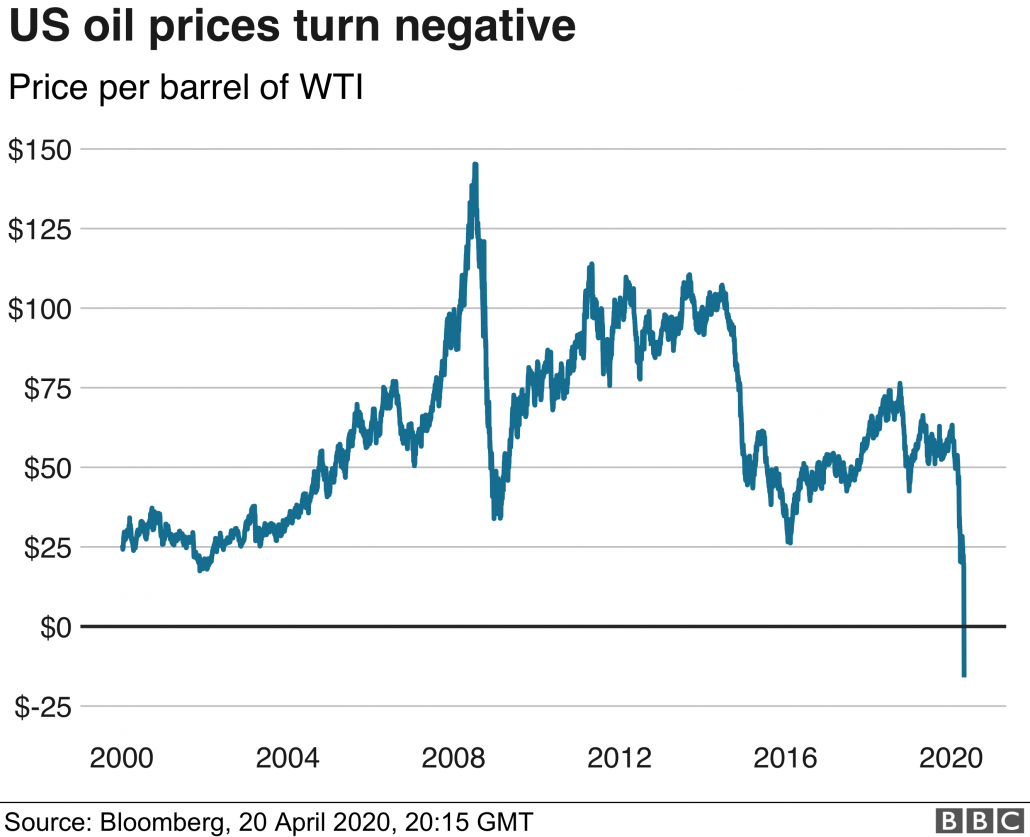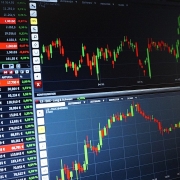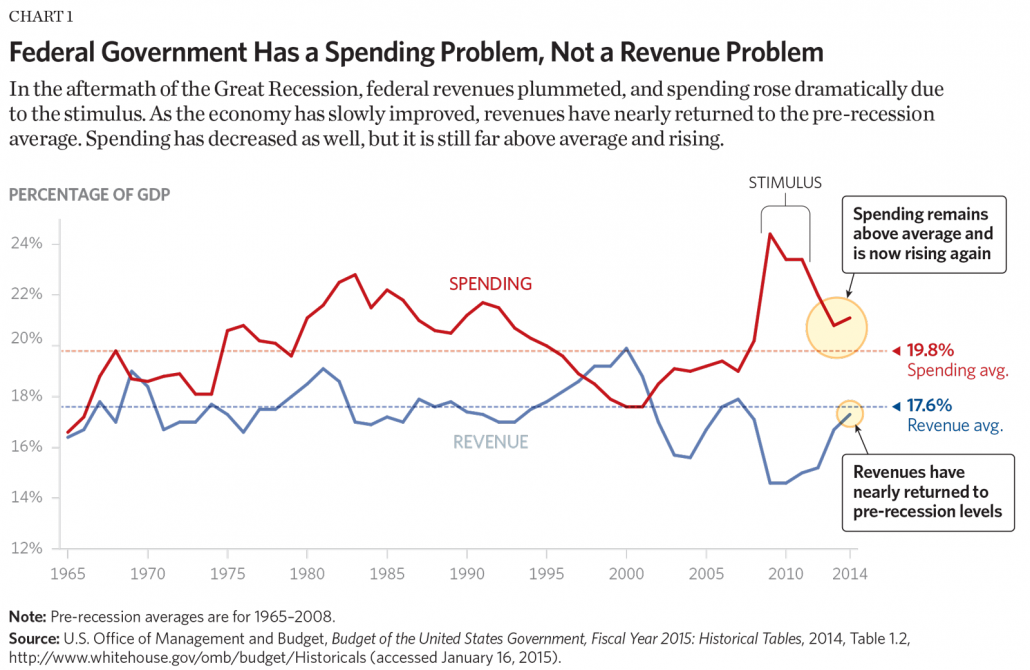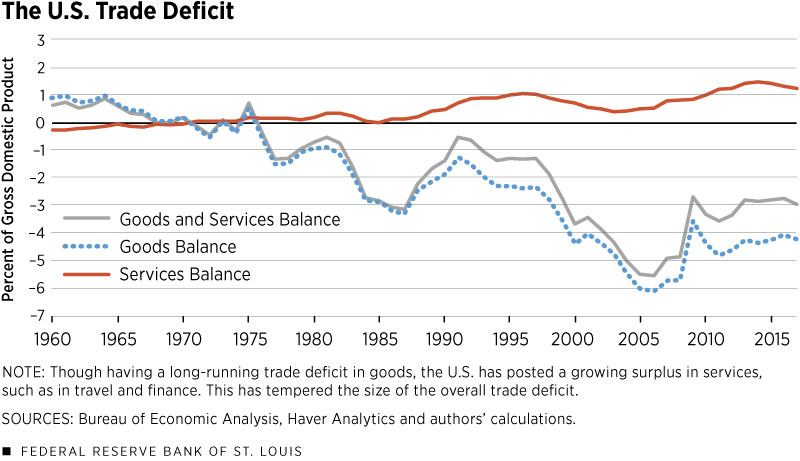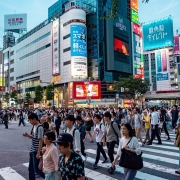Why did Nixon abandon the gold standard in 1971?
Topic of Study [For H2 History Students]:
Paper 1: Understanding the Global Economy (1945-2000)
Section B: Essay Writing
Theme II Chapter 1: Problems of economic liberalisation
An unsustainable model
Ever since the Bretton Woods system was established in 1958, the convertibility of United States (US) dollars to gold was fixed at $35 an ounce. Initially, the US government held nearly 75 percent of the world’s official gold reserves, instilling confidence in the global monetary system.
However, demand for gold increased in the 1960s when exports from Western Europe and Japan became more competitive with the US. Additionally, the large Cold War expenditures contributed to excess supply of US dollars in circulation.
The economy falters
In the late 1960s, the US economy was hit by the increase in inflation (5.4%) and unemployment (6%) rates. An unexpected phenomenon has occurred – stagflation, which meant a combination of slow growth and high inflation.
In order to fight stagflation, US President Richard Nixon addressed the nation on 15 August 1971, declaring the end of the fixed exchange rate system that underpinned the Bretton Woods ‘gold standard’.
The Bretton Woods system of fixed exchange rates based on the free convertibility of the U.S. dollar into gold, which had been showing signs of strain for many years, came apart entirely on August 15, 1971. President Nixon’s announcement that the U.S. would no longer sell gold at $35 per ounce effectively set the dollar afloat. By December 1971, the dollar had fallen about 6% relative to a multilateral trade weighted average of currencies, as the world groped for a new international monetary system.
An excerpt from “Economic Policy and the Great Stagflation” by Alan S. Blinder.
Bold actions
During Nixon’s historic speech on 15 August, he raised three points to protect the US economy – lower unemployment rates, curb inflation and minimise international speculation.
For the third point, Nixon claimed that the ‘gold standard’ was not sustainable as currency speculators have been ‘waging an all-out war’ on the US dollar even though it functioned as a ‘pillar of monetary stability’ on the global scale.
I have directed Secretary Connally to suspend temporarily the convertibility of the American dollar except in amounts and conditions determined to be in the interest of monetary stability and in the best interests of the United States.
… If you want to buy a foreign car or take a trip abroad, market conditions may cause your dollar to buy slightly less. But if you are among the overwhelming majority of Americans who buy American-made products in America, your dollar will be worth just as much tomorrow as it is today.
The effect of this action, in other words, will be to stabilize the dollar.
An excerpt from a speech by Richard Nixon, 15 August 1971.
Nixon defended his position by asserting that the devaluation of the dollar was to ensure fair competition between the American workers and the rest of the world. Furthermore, he imposed a 10 percent tax on imported goods into the US as a temporary measure to protect domestic jobs.
Fragmentation of markets
In response, the European governments were taken aback by the policy shifts of the US government. On 10 September 1971, The New York Times reported that the imposition of tariff barriers may affect nearly 90 percent of the European exports to the US, amounting to $7 billion.
What can we learn from this article?
Consider the following question:
– How far do you agree that the collapse of the Bretton Woods fixed exchange rate system was a turning point?
Join our JC History Tuition to comprehend the complexities of the global economy. The H2 and H1 History Tuition feature online discussion and writing practices to enhance your knowledge application skills. Get useful study notes and clarify your doubts on the subject with the tutor. You can also follow our Telegram Channel to get useful updates.
We have other JC tuition classes, such as JC Math Tuition and JC Chemistry Tuition. For Secondary Tuition, we provide Secondary English Tuition, Secondary Math tuition, Secondary Chemistry Tuition, Social Studies Tuition, Geography, History Tuition and Secondary Economics Tuition. For Primary Tuition, we have Primary English, Math and Science Tuition. Call 9658 5789 to find out more.

